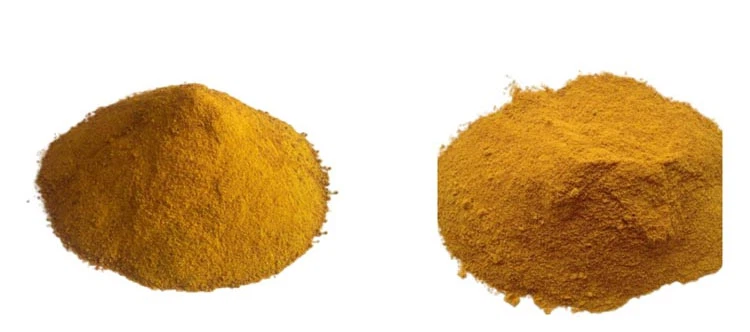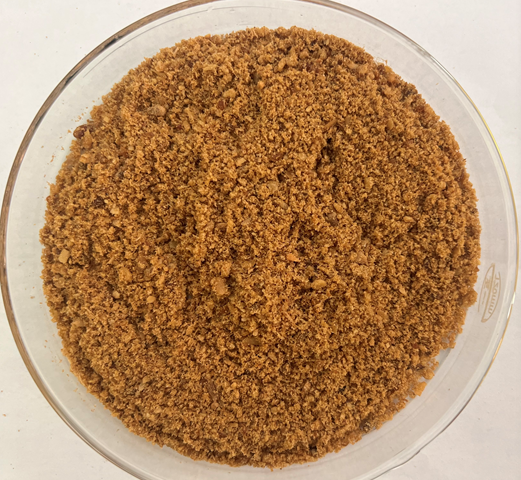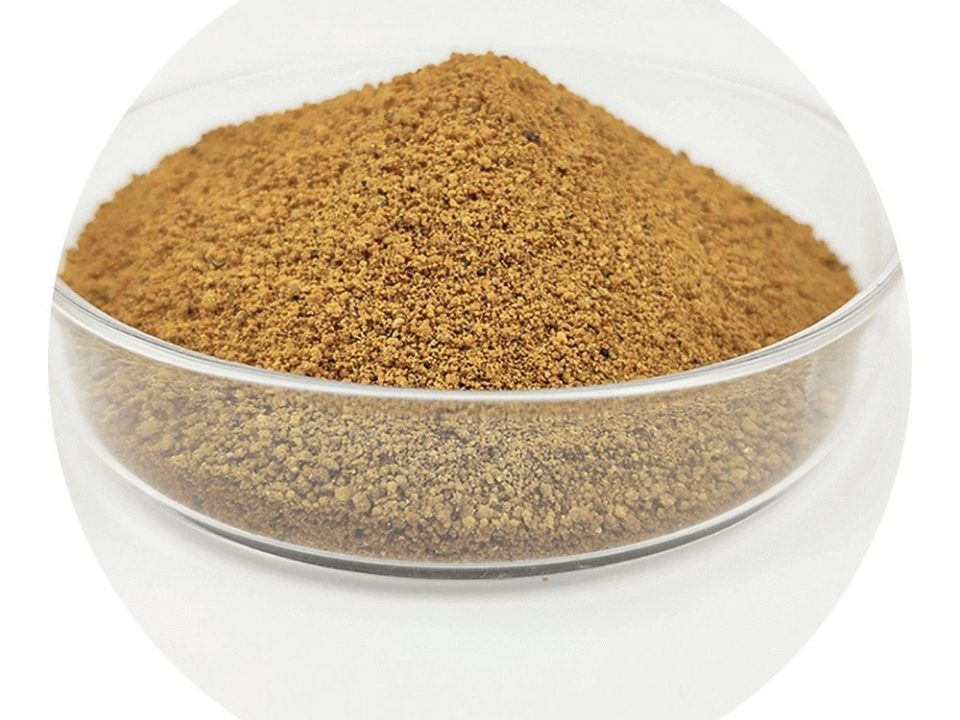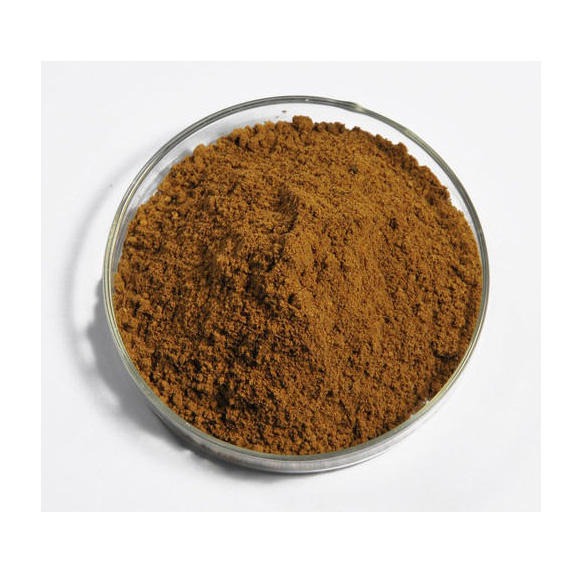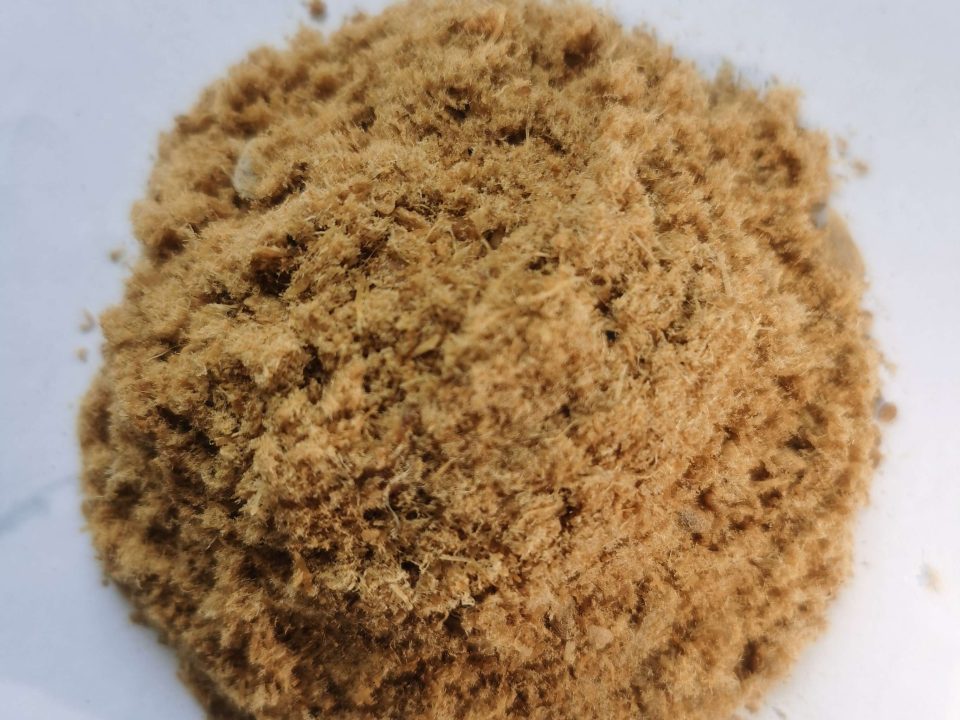Corn Gluten Feed or Soybean Meal , Which Should I Feed?

Corn Gluten Meal: From Lab Growth Medium to Feed
September 21, 2024
Corn Gluten Feed-Composition and Feeding Value for Beef and Dairy Cattle
September 30, 2024Corn Gluten Feed vs. Soybean Meal: A Comprehensive Guide to Choosing the Right Feed
Introduction
Choosing the right feed for livestock is a critical decision that impacts animal health, growth, and productivity. Among the numerous feed options available, corn gluten feed (CGF) and soybean meal (SBM) are two popular choices, each offering distinct nutritional benefits and applications. This comprehensive guide explores the differences between corn gluten feed and soybean meal, providing insights into their nutritional profiles, benefits, limitations, and considerations for use in animal diets. By understanding these factors, farmers and livestock producers can make informed decisions to optimize their feeding strategies.
1. Understanding Corn Gluten Feed
1.1 What is Corn Gluten Feed?
-
Definition: Corn gluten feed is a byproduct of the wet milling process of corn, consisting of the bran, germ, and gluten. It is typically available in both wet and dry forms and is used primarily as a source of energy and protein in animal diets.
-
Production Process: During the wet milling of corn, the starch is extracted, leaving behind the bran, germ, and gluten, which are combined to produce corn gluten feed.
1.2 Nutritional Profile
-
Protein Content: Corn gluten feed contains moderate protein levels, typically around 18-22%, making it a suitable protein source for ruminants.
-
Energy Source: It is high in digestible fiber and provides a good source of energy, particularly for ruminant animals.
-
Minerals and Vitamins: Corn gluten feed contains essential minerals such as phosphorus and potassium, but may require supplementation for a balanced diet.
| Nutrient | Content (% by weight) |
|---|---|
| Crude Protein | 18-22% |
| Fiber | 8-10% |
| Phosphorus | 0.4-0.6% |
| Potassium | 0.2-0.3% |
2. Understanding Soybean Meal
2.1 What is Soybean Meal?
-
Definition: Soybean meal is a byproduct of soybean oil extraction, consisting of the defatted, toasted flakes of soybeans. It is widely used as a high-protein feed ingredient in animal diets.
-
Production Process: After extracting oil from soybeans, the remaining flakes are toasted and ground to produce soybean meal.
2.2 Nutritional Profile
-
Protein Content: Soybean meal is renowned for its high protein content, typically around 44-48%, making it an excellent protein source for both monogastric and ruminant animals.
-
Amino Acid Profile: It contains a balanced profile of essential amino acids, including lysine, which is crucial for growth and development.
-
Minerals and Vitamins: Soybean meal is rich in minerals such as calcium and phosphorus and contains B vitamins.
| Nutrient | Content (% by weight) |
|---|---|
| Crude Protein | 44-48% |
| Lysine | 2.8-3.2% |
| Calcium | 0.3-0.4% |
| Phosphorus | 0.6-0.7% |
3. Comparing Corn Gluten Feed and Soybean Meal
3.1 Protein and Amino Acids
-
Corn Gluten Feed: Offers moderate protein levels, suitable for ruminants but may require supplementation for monogastric animals due to a less balanced amino acid profile.
-
Soybean Meal: Provides high protein levels with a well-balanced amino acid profile, making it ideal for both monogastric and ruminant animals.
3.2 Energy and Fiber
-
Corn Gluten Feed: High in digestible fiber, providing a good energy source for ruminants, but may not be as energy-dense as soybean meal for monogastric animals.
-
Soybean Meal: Offers a higher energy density, suitable for both monogastric and ruminant animals, but lower in fiber compared to corn gluten feed.
3.3 Minerals and Vitamins
-
Corn Gluten Feed: Contains essential minerals but may require supplementation to meet the complete dietary needs of animals.
-
Soybean Meal: Rich in minerals and vitamins, contributing to a balanced diet for various livestock species.
4. Benefits and Limitations
4.1 Corn Gluten Feed
-
Benefits:
- Cost-effective protein and energy source for ruminants.
- High fiber content supports rumen health and digestion.
-
Limitations:
- Lower protein and amino acid content compared to soybean meal.
- May require supplementation for monogastric animals.
4.2 Soybean Meal
-
Benefits:
- High protein content with a balanced amino acid profile.
- Suitable for both monogastric and ruminant animals.
-
Limitations:
- Higher cost compared to corn gluten feed.
- Potential allergen for some animals.
5. Considerations for Feed Selection
5.1 Animal Type and Nutritional Needs
-
Ruminants: Corn gluten feed is a suitable choice due to its fiber content and moderate protein levels. Soybean meal can be used for higher protein requirements.
-
Monogastric Animals: Soybean meal is preferred due to its high protein content and balanced amino acid profile.
5.2 Cost and Availability
-
Budget Constraints: Corn gluten feed may be more cost-effective, but soybean meal offers superior nutritional benefits.
-
Local Availability: Consider the availability of each feed type in your region and the associated transportation costs.
5.3 Dietary Goals and Health Considerations
-
Growth and Production Goals: Choose the feed that aligns with your production goals, whether it’s growth, milk production, or egg laying.
-
Health and Allergies: Consider any potential allergens or dietary restrictions for your livestock.
Conclusion
The choice between corn gluten feed and soybean meal depends on various factors, including the type of livestock, nutritional needs, cost considerations, and dietary goals. Corn gluten feed offers a cost-effective solution for ruminants, while soybean meal provides superior protein and amino acid content for both monogastric and ruminant animals. By carefully evaluating these factors, farmers and livestock producers can make informed decisions to optimize their feeding strategies and enhance animal health and productivity. If you have any more questions or need further details, feel free to ask!


